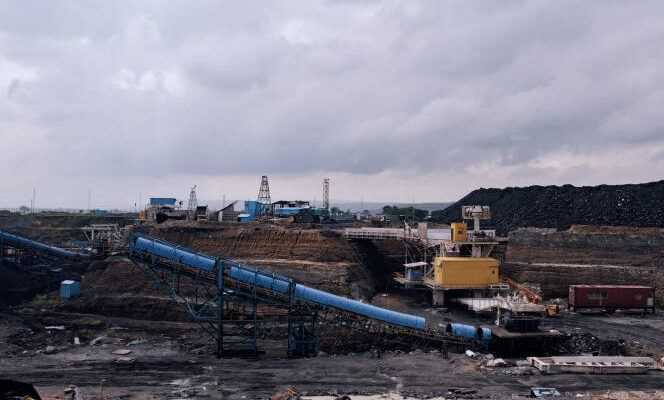The second most populous country, with its 1.3 billion inhabitants, the third largest polluter in the world, India largely holds the climate battle in its hands. Without major effort on its part, the imperative to contain global warming below 1.5 degrees will be impossible to fulfill. The subcontinent is the second largest producer of coal in the world and the third largest consumer of coal. It is also one of the most vulnerable to climate change, with its Himalayan range subject to melting glaciers, its coastline (7,517 km) exposed to cyclones and rising sea levels and its semi-desert regions.
The Western chancelleries, the United States, the United Kingdom, France, have exerted considerable pressure in recent weeks on Narendra Modi, the Indian Prime Minister, to convince him to table before the COP26 in Glasgow new commitments more ambitious than those that had been formalized at COP21 at the end of 2015. India then refused to set an overall reduction path for its greenhouse gas emissions and was content with a 35% reduction in carbon intensity of its GDP by 2030 compared to 2005. “This formula allowed the country to continue to develop its economy, but more cleanly”, analyzes Ulka Kelkar, climate director of the World Resources Institute (WRI) for India. India finally gave in, setting itself to achieve carbon neutrality by 2070, Prime Minister Narendra Modi announced in Glasgow on Monday November 1.
Already results
In Paris in 2015, had also promised to increase in a very significant way the share of renewable energies in its energy mix, by bringing it to 40% of its electrical capacity by 2030. A more ambitious objective than most countries developed and essential, because the energy sector alone accounts for 74% of domestic greenhouse gas emissions. By comparison, the United States targeted 30% renewable energies by 2030, the European Union 27%.
Finally, India had to increase its forest area and create additional carbon sinks by 2030 in order to allow the absorption of 2.5 to 3 billion tonnes of CO.2 additional.
“India is on track to fulfill the first two promises made in Paris. In August 2021, it reached 39.6% of installed electrical capacity from non-fossil fuel sources. And the country has managed to reduce its carbon intensity of GDP by 25% compared to 2005 ”, says Ulka Kelkar.
You have 64.04% of this article left to read. The rest is for subscribers only.
